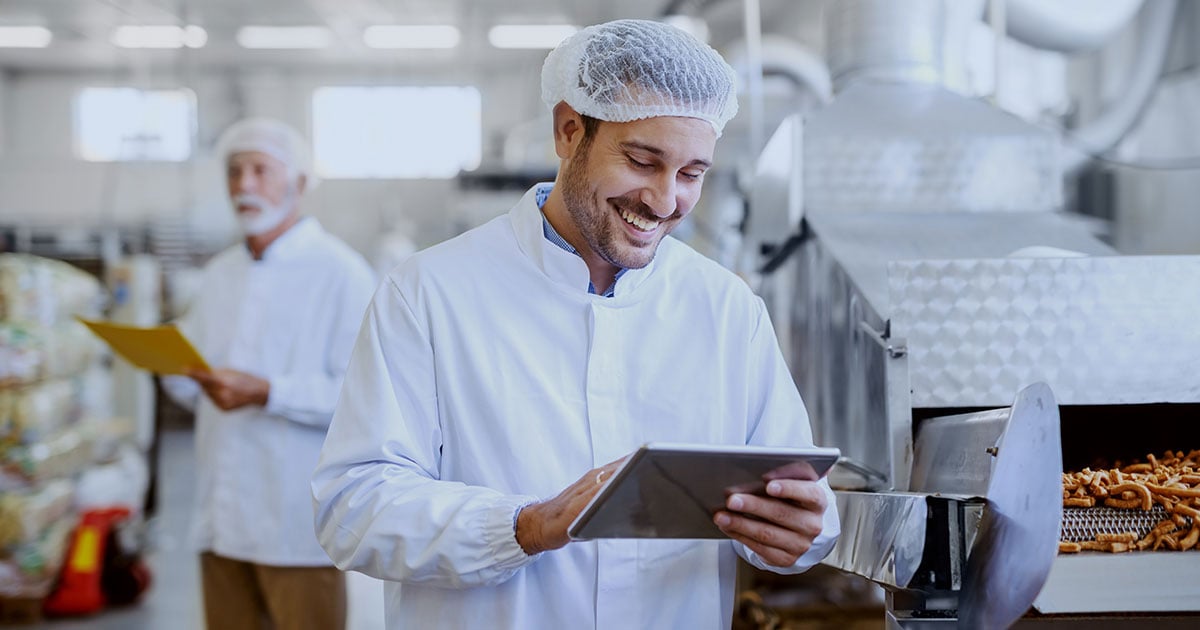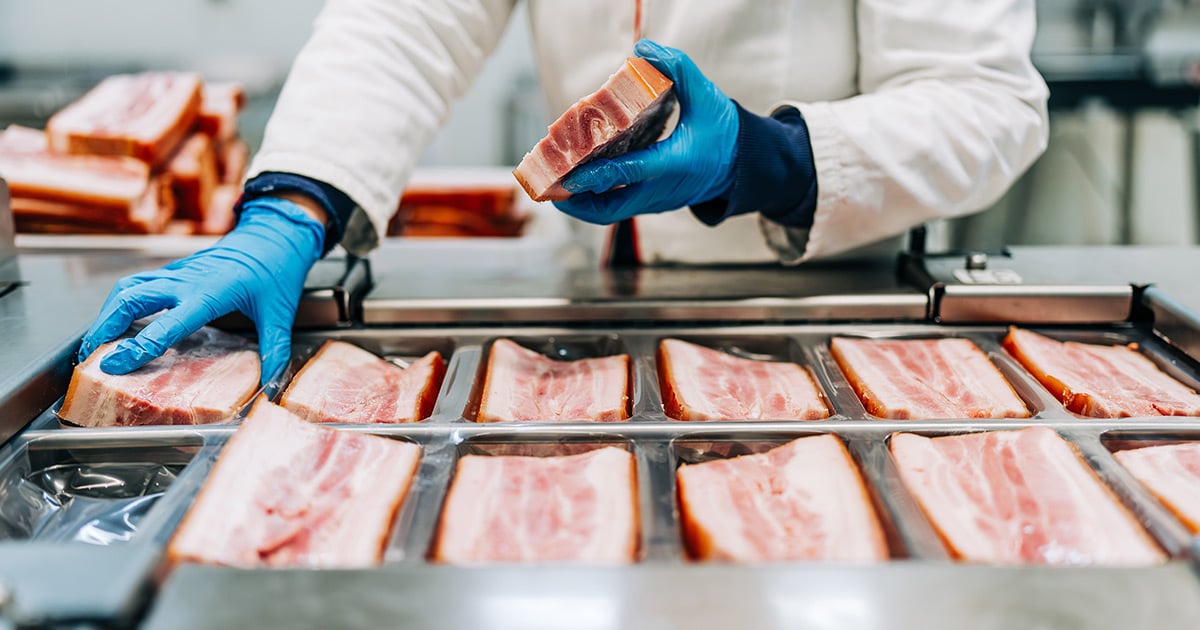When it comes to food processing—cleanliness is always top of mind. For food processors, there are federal and state regulations to ensure that the food being produced is safe and healthy for consumption. As consumers, we are regularly checking expiration dates and staying aware of recall information to ensure the food we eat and feed our families is safe. When it comes to food safety, how it is processed, packaged, stored, and prepared is always top of mind; but have you ever thought about the floors?
For food processors, proper floor care is a must for keeping food and staff safe. While food products should never come in contact with the floors—we know that bacteria can easily transfer from the floor to our food, especially in a busy processing facility. Bacterial contamination is a leading cause of FDA recalls1, and it can easily be transferred from the floor to food contact surfaces through dust or water droplets on employee’s shoes or rolling carts.
Maintaining a clean and safe environment in food processing plants isn't just about meeting regulations; it’s about safeguarding the entire food production process. A clean floor reduces the risk of cross-contamination, which can occur when pathogens like Listeria or Salmonella are transferred from the floor to equipment, food contact surfaces, or even the food itself. So, how can food processing plants ensure their floors are clean and compliant?
Steps to Clean + Sanitize
Once you have the right equipment, you need to choose the best chemicals to keep your floors clean and sanitized. When cleaning floors in a processing facility, you want to ensure that the products you are using are safe for use in a food environment. These cleaning agents need to be tough enough to eliminate bacteria and pathogens but safe enough to be used around food.
While various regulatory bodies and food safety programs will have some variations to recommendations of how to best clean and sanitize floors, food contact surfaces, and equipment in food processing facilities, in general, the following steps are recommended according to NSF (National Sanitation Foundation)2:
Choosing the Right Flooring Material
In addition to routine cleaning and drain maintenance, the type of flooring in a processing plant can significantly affect cleanliness. Floors should be made of non-porous, easy-to-clean materials, such as epoxy coatings or sealed concrete, which prevent bacteria and food particles from embedding themselves into the surface. Food-safe flooring options are designed to withstand constant moisture, heavy foot traffic, and the movement of equipment, ensuring long-lasting hygiene and durability.
How can I implement a floor cleaning program in my food processing facility?
At BradyPLUS, we will listen to your business objectives, ask the right questions, and help you find food processing solutions that keep your floors clean, your food safe, and your plant productive.
Contact us today ⬇️, and our food processing experts will get to work.
1. Summary of Recall and PHA Cases in Calendar Year 2023 - Food Safety and Inspection Services
2. Seven Steps to a Clean and Sanitized Food Processing Facility



 Meredith Kenton
Meredith Kenton













